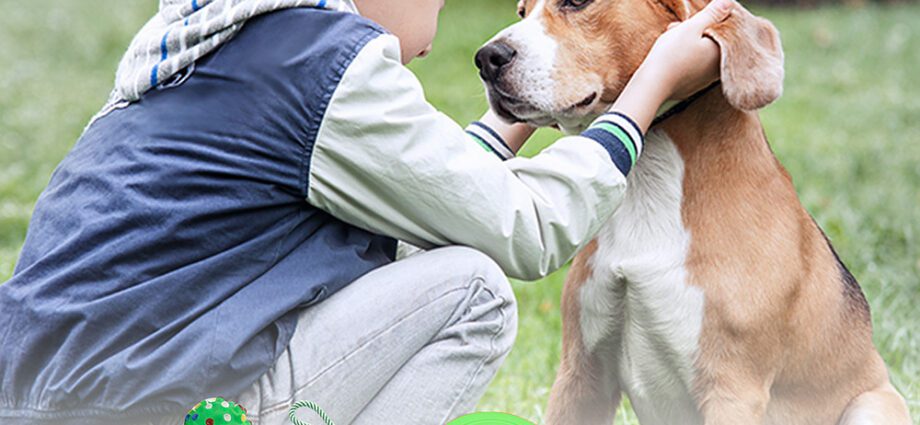Contents
A useful pet for the child
Caring for a pet gives the child a sense of usefulness. He knows it depends on his care and is valued by it. These must of course be adapted to the age of the child. If he cannot go for a walk on his own, he may be responsible for putting his leash on and storing it on his way home.
A pet reassures the child
Boris Cyrulnik, psychiatrist and ethologist, believes that the animal “does good to the child because it triggers in him a stimulating, soothing emotion and this creates in him a feeling of pure love”. Indeed, the animal is a friend, in all simplicity. Communication with him is easy and natural and, above all, friendship is complete, which greatly helps to reassure the child.
The psychological role of a pet for a child
The child very naturally confides his sorrows, his worries and even his revolts to his animal which plays an important psychological role by facilitating the externalization of feelings.
In addition, he quickly becomes a pillar in the life of the child: he is always present when we need him, comforting in moments of sadness and above all, he does not judge or condemn his little master.
The child discovers life with a pet
The life of the animal being relatively short, it allows the child to discover the main stages more quickly: birth, sexuality, aging, death. He also learns a lot about education: indeed, if they are reprimanded, the stupidities of a cat or a dog help the child to understand why his own is also punished.
The child takes responsibility with a pet
Thanks to his pet, the child understands the concept of responsibility. Of course, it is imperative that he clearly distinguish between buying a toy and adopting an animal. This is why it is sometimes useful not to decide too quickly but also to really include the child in the decision. For example, we can draw up with him an “adoption charter” with the rights and duties of each person. To be adapted of course to its age. Before 12 years old, in fact, a child cannot really take responsibility for an animal, but he can undertake to perform certain actions such as brushing it, changing its water, wiping it when he comes home from a walk …
The child learns loyalty from a pet
Adopting an animal means making a long-term commitment (between two and fifteen years on average). Feed it, pamper it, take care of its health, brush its hair, change its litter or its cage, collect its droppings… as many pleasures as constraints which cannot be waived. At the same time as stability, the animal teaches the child the concept of fidelity.
The child learns respect for others with a pet
Even very affectionate, the animal is respected by its own means (flight, scratching, bite) which give the child the sanction of his acts and teaches him to respect his reactions. Be careful, depending on the age, a child does not always know how to interpret the signs that the animal sends him and you must help him to respect the need for calm or on the contrary to let off steam from his companion.
A child also loves an animal for the power it gives it. His position as a teacher, very rewarding and rewarding, is also very involving. It is this double action which, well balanced, makes the cohabitation of a child and a domestic animal fascinating.










